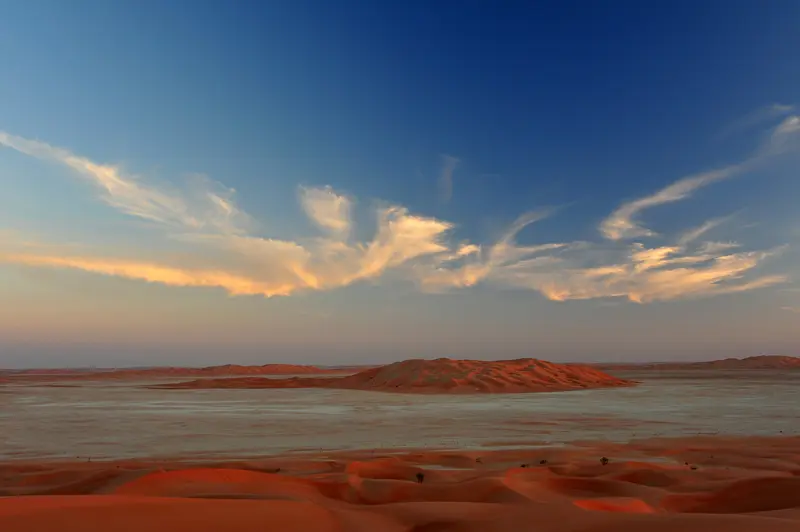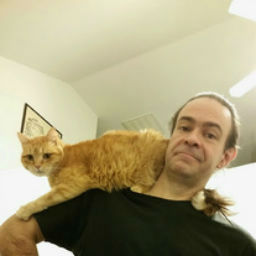The Honloo Dust Ocean separates the three major continents in the northern hemisphere of Chalcedon; the Azath, Crimoa, and
Strosis continents. On a holomap of the planet, it forms a corridor of constantly moving waves of dust and sand between those landmasses. Planetary winds, as with water based oceans, play a major role in driving wave direction and strength.
Flowing Dust
Never assume you know everything about the Honloo Dust Ocean. When you do, it’ll surprise you when you least expect it.
This ocean looks to be just a single, massive collection of sand or even a mineral slurry. Subsurface water contributes as a component of the dust ocean, but it isn’t the only material in the ‘waves’.
The ocean itself is primarily alkali lime dust, fine ground volcanic clay, and powdered rose quartz. All of this is suspended in mineral water and circulated through wind and the strong ramgulf stream that navigates through the major oceans.
Thirsty Water
Sticking a toe in this water won’t let you check the temperature, it may mean you lose a toe. Maybe.
A combination of sand, dust, and volcanic clay in water seems to be a recipe for quicksand or mud. But this isn’t the case. The Honloo Dust Ocean, like others like it, is technically classified as a slurry, but feels nothing like one.
Unlike a slurry, which has a thick or paste-like consistency, a dust ocean feels dry with only a hint of dampness to the material. The mixture flows and reacts like water when poured, yet doesn’t contain the thickness of a traditional slurry.
Solid objects can displace the dust, much as happens in water because of the ‘dust’ combination, creating its own ‘surface tension’. But since this is more dust than water, objects ‘float’ much lower in the dust-water mix than they would in actual water.
But, while objects can float in the Honloo Dust Ocean, it isn’t considered a good idea to try it. Powdered volcanic clay and alkali lime dust are two of the most abundant materials in the Honloo Dust Ocean waters. The alkali dust is corrosive, and the volcanic clay acts as a strong desiccant against anything organic.
Ships or other vessels that cruise the Honloo have to use a special ceramic coating to stave off the alkali eventually eating through the hull. As for people? You can go swimming, just don’t stay in for too long. If you do, the Honloo will literally suck all the moisture out of your body.
It’s an old Black Sun trick of how to get rid of a body. Dump it in the Honloo Dust Ocean.






So. This is really unique. I never thought of a sand/dust ocean before and the implications of this has my brain on overdrive. I love how you tied it into the universe too, with some trying to hide things in it and others trying to take things out of it. I am wondering more about the Wildlife. There must be some really unique creatures in here!
Necromancy is a Wholesome Science.
Thank you, SolarCat! Thank you so much. It is a really really fun environment. I'm working on all the wildlife that lives there and how they have adapted to survive. They are as unique as the dust ocean they live in! :D